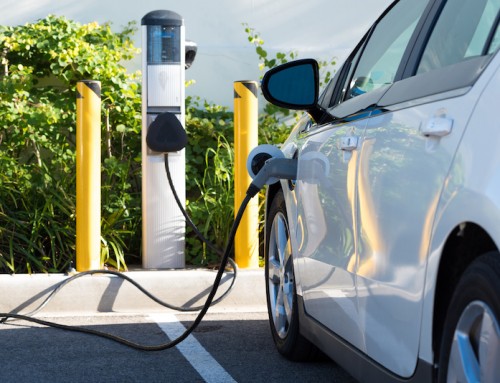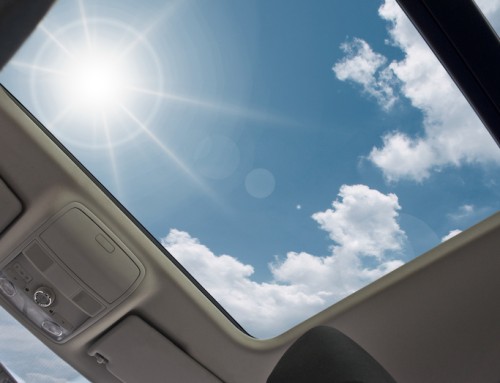If you live in an area that experiences inclement weather during the winter, such as snow and ice, it’s important to make sure the vehicle you own can safely drive during those conditions. While this should begin by looking at four wheel drive and the type of tires the vehicle is equipped with, those aren’t the only features to consider. It’s also important to look at details such as torque and horsepower to determine which will drive best in the snow. If you’re not familiar with these terms or what they mean for your vehicle of choice, the information below can help give you a better understanding.
What is Torque?
Defined as a vehicle’s rotational force, this means the amount of work an engine can deploy when in use. Most cars reach peak torque at a certain engine speed, such as anywhere between 1,400rpm to 4,000rpm for most mid-size vehicles. Torque is generally not as important for smaller cars as it is for those that are much larger (such as SUVs and vans). The importance lies in the fact that a small car can drive without using much torque, which a larger vehicle will need more torque to move efficiently.
What is Horsepower?
While most consumers see “140 horsepower” advertised for vehicles, many don’t understand what it means. In the simplest definition, one horsepower is the amount of power it takes to do 33,000 foot-pounds of work in one minute. To put this in perspective, if you could lift a whopping 33,000 pounds over a distance of one foot and in a time period of just a minute, then you’d be doing the work of one horsepower. Essentially this refers to how much power an engine can create at higher speeds, which is why so many people associate the word with how “fast” a vehicle can go.
Torque or Horsepower in the Snow?
With a better understanding of what differentiates torque and horsepower, you can now dive into which is better for driving in the snow. With torque being the measure of an engine’s ability to do work and horsepower being the rate that work is performed, it’s easy to see that the two go hand-in-hand. Whether driving in the snow or on a dry road, both of these features are important because they are what help make the car move. However, if you are planning on plowing snow, then torque may be a detail you want to focus on more, because it’s helpful for moving heavy objects. If you’re going to haul something like a trailer, then a higher amount of horsepower will be crucial.
If you’re simply buying a car that you’ll drive with every day (including through winter weather), then make your focus on gearing and a traction control system in the vehicle. Both of these features will contribute to better traction, which is ultimately the most important factor when driving in slippery conditions. Additionally, it’s essential to make sure your vehicle is equipped with the proper tires to ensure it’s capable of driving on the snow without constantly getting stuck.








